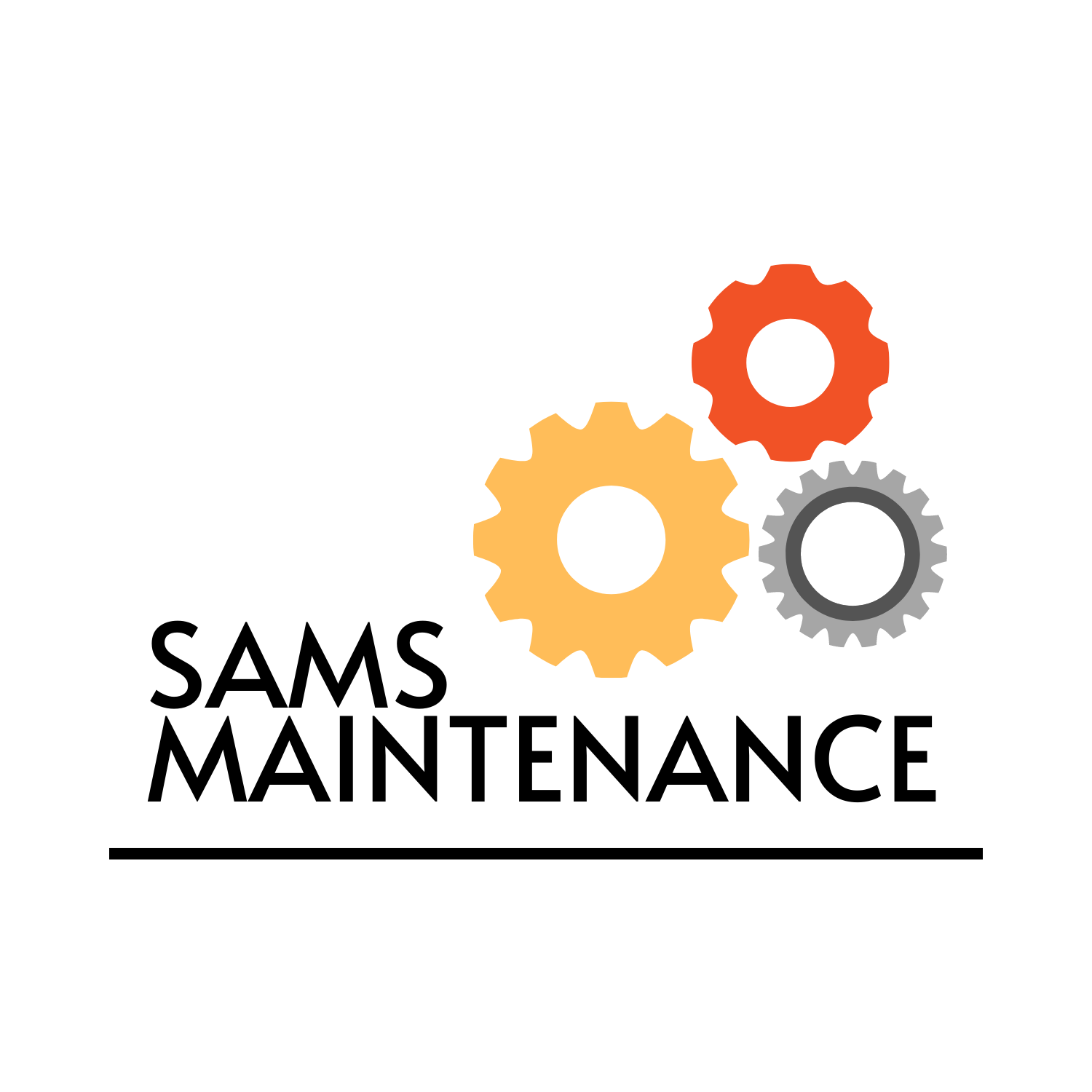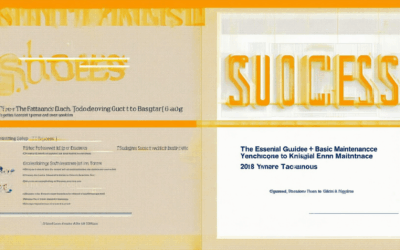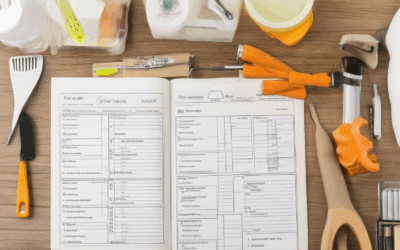Preventative home care is a cornerstone of modern homeownership, offering a pathway to long-term savings, enhanced safety, and preserved property value. By prioritizing regular checks and maintenance, homeowners can reduce the likelihood of costly repairs and extend the lifespan of their living spaces. Whether it’s addressing potential issues before they escalate or adopting a systematic approach to upkeep, the practice of preventative home care ensures that homes remain functional, comfortable, and resilient against the natural wear and tear of time. This comprehensive maintenance checklist serves as a valuable tool for anyone looking to safeguard their investment, whether they’re managing a family home, a rental property, or even a historic building. With a well-organized plan, anyone can adopt the golden rule of home upkeep: prevention is key to longevity and durability. From identifying common trouble spots to leveraging expert resources, this guide provides actionable strategies for maintaining a healthy home environment. By staying proactive, homeowners can not only save money but also enjoy peace of mind knowing their space is prepared for the years ahead.
Key Takeaways
- Prioritize Home Systems: Regularly inspect and maintain your HVAC, plumbing, electrical, and roofing systems to ensure reliable performance and longevity.
- Annual Maintenance is Essential: Schedule yearly checks for gutters, chimneys, ductwork, and major appliances to prevent costly repairs and extend your home’s lifespan.
- Daily Routine Matters: Establish a daily maintenance routine to keep your home tidy, including cleaning, checking for leaks, and ensuring safety features are functional.
- Focus on Key Areas: Pay special attention to HVAC efficiency, plumbing health, electrical safety, and exterior conditions to maintain comfort and security.
- Combine Effort and Expertise: Use a comprehensive checklist for daily tasks and consult professionals for challenging issues to ensure your home stays in top shape.

Preventive Maintenance of a House
Here’s a comprehensive guide to maintaining your home effectively:
- **Monthly Home Maintenance Checklist**
- Inspect for leaks in pipes, faucets, and hoses.
- Clean gutters and downspouts to prevent clogs.
- Check for cracks or damage in windows and doors.
- Test smoke detectors and carbon monoxide alarms.
- Service heating and cooling systems annually.
- Replace air filters in HVAC systems.
- Examine foundation for signs of wear or damage.
- Trim trees and bushes to keep them healthy.
- Inspect the roof for missing shingles or damage.
- Check for peeling paint and repaint if needed.
- Service major appliances like refrigerators and dishwashers.
- Clean and lubricate garage doors.
- Inspect kitchen appliances for proper function.
- Check for mold or mildew in bathrooms and basements.
- Service your water heater annually.
- Test all ground fault circuit breakers.
- **Quarterly Tasks**
- Check for trip hazards indoors and outdoors.
- Service your HVAC system and change filters.
- Inspect chimneys and flues for damage or blockages.
- Check for dead trees or branches near the house.
- Service your lawn mower and other outdoor equipment.
- Inspect for pests like termites and rodents.
- Check fire extinguishers for expiration dates.
- Service your pool and spa equipment.
- Inspect for potential water damage areas.
- **Seasonal Checks**
- Winter preparation: Insulate pipes, clear gutters, and drain systems.
- Spring cleaning: Remove debris from yards and roofs.
- Summer preparation: Check for termite activity and repair roof leaks.
- Fall maintenance: Clean leaves and prepare for winter.
- **Yearly Tasks**
- Professional inspection for structural issues.
- Check for and repair foundation cracks.
- Service your water softener and filtering systems.
- Inspect and replace old wiring if necessary.
- Check for and remove dead trees or branches.
- Service your septic tank and drain fields.
- Inspect for and address chimney issues.
- Check for and repair any uneven pavement.
- **Additional Tips**
- Keep records of all maintenance activities.
- Consider professional inspections annually.
- Use high-quality materials for repairs and improvements.
- Stay informed about local building codes.
- Regularly test smoke and carbon monoxide detectors.
For more detailed guides and resources, visit our Home Maintenance Page .
The 1% Rule for Home Maintenance
The 1% rule for home maintenance suggests setting aside 1% of your home’s appraised value annually to cover unexpected repair costs. This rule helps homeowners prepare financially for unforeseen issues, ensuring that minor problems don’t escalate into major, costly repairs.
For example, if your home is valued at $250,000, you would aim to save approximately $2,500 each year. This fund can be used for a variety of maintenance tasks, including fixing a leaky roof, replacing worn-out appliances, or addressing structural issues.
Why the 1% Rule?
The 1% rule is a common recommendation among real estate professionals and home maintenance experts. It reflects the average cost of maintaining a home over time. By saving 1%, you’re essentially preparing for 99% of potential maintenance issues, which are often unpredictable.
Considerations and Flexibility
This rule isn’t one-size-fits-all. Factors like the age of your home, its condition, and your location can influence how much you should save. For instance, older homes may require more frequent maintenance, while newer homes might need less. Additionally, living in an area prone to severe weather can increase maintenance needs.
Adjust the percentage based on your personal financial situation and the unique requirements of your home. Some experts recommend increasing the percentage if you live in a high-maintenance area or have a larger property with more systems to maintain.
How to Allocate Funds
Once you’ve determined your annual savings amount, decide how to allocate it. Emergencies like roof repairs or plumbing issues should take priority. After that, you can use the funds for routine tasks like lawn care, gutter cleaning, and checking appliances.
Regularly reviewing your home’s condition and updating your maintenance plan can help ensure you’re using your savings effectively. Consider working with a professional inspector to identify potential issues early.
Benefits of the 1% Rule
Following the 1% rule offers several advantages. It prevents financial stress caused by unexpected repairs and ensures that small issues don’t become major problems. Additionally, it can extend the lifespan of your home’s components, potentially saving money in the long run.
Downsides and Risks
While the 1% rule is a useful guideline, it’s important to be aware of its limitations. If you underestimate your home’s value or neglect necessary maintenance, you might find yourself spending more than intended. Regularly reassessing your home’s value and adjusting your savings accordingly can mitigate this risk.
Implementation Tips
To successfully implement the 1% rule, start by opening a dedicated savings account for home maintenance. Automate monthly contributions to make saving easier. Additionally, stay informed about potential maintenance needs through newsletters or updates from local real estate experts.
By following these steps, you can establish a robust home maintenance budget that protects your investment and ensures your home remains in great shape for years to come.

What Maintenance Does a 20-Year-Old House Need?
A 20-year-old house requires regular maintenance to ensure its longevity and functionality. Here’s a breakdown of the key areas to inspect and maintain:
- Exterior Maintenance
- Roof Inspection : Check for missing, curled, or damaged shingles. Consider replacing the roof if it’s nearing the end of its lifespan.
- Gutters : Clean out debris and inspect for rust or damage. Replace if necessary to prevent water damage.
- Chimney and Flue : Look for cracks in mortar joints and inspect the flue liner for wear and tear.
- Exterior Walls : Check for peeling paint, rotten wood, or cracked siding. Address any structural issues promptly.
- Foundation : Inspect for settling, cracking, or unevenness. Repoint or underpin if necessary.
- Heating, Ventilation, and Air Conditioning (HVAC)
- Air Filters : Change or clean regularly to maintain airflow and indoor air quality.
- Ductwork : Inspect for leaks or dust buildup, which can affect air quality and efficiency.
- Energy Efficiency : Evaluate and upgrade if the system is outdated or inefficient to reduce energy costs.
- Plumbing System
- Pipes : Look for visible corrosion or leaks. Replace old pipes to prevent further damage.
- Water Heater : Check for efficiency and consider upgrading to a newer model if needed.
- Electrical System
- Outlets and Wires : Ensure they are not overloaded or frayed. Plan for rewiring if necessary.
- Smoke Detectors and GFCI Outlets : Test and update as needed for safety.
- Landscape and Grounds
- Yard Maintenance : Keep grass, shrubs, and trees trimmed to prevent soil erosion and encroachment.
- Drainage Systems : Ensure proper drainage to prevent water pooling and foundation issues.
- Windows and Doors
- Window Inspection : Check for gaps, drafts, or moisture issues. Replace old windows with energy-efficient ones if possible.
- Garage Door : Inspect for alignment and functionality. Update the door and opener if necessary.
- Garden and Outdoor Spaces
- Plant Management : Trim overgrown plants and remove invasive species to protect the house’s foundation.
- Outdoor Lighting : Ensure pathways are clear and lighting is functional for safety.

What is the Most Important Item for Home Maintenance?
The most critical aspect of home maintenance revolves around ensuring the proper functioning of essential systems and components. Here’s a breakdown of the key areas to focus on:
- 1. HVAC System Check-up – The heart of your home comfort lies in your heating, ventilation, and air conditioning (HVAC) system. Regular inspections and servicing can prevent costly breakdowns and ensure efficient operation.
- 2. Plumbing System Inspection – Water pipes, drains, and fixtures are vital for daily life. A well-maintained plumbing system helps prevent leaks, clogs, and water damage.
- 3. Electrical System Evaluation – Ensuring your electrical system is safe and up-to-date reduces the risk of fires, shocks, or tripping circuits. Regular checks on wiring and outlets are essential.
- 4. Roof and Exterior Checks – A sturdy roof and sound exterior contribute to your home’s structural integrity. Inspect for missing shingles, peeling paint, and signs of wear to prevent future issues.
Maintaining these systems not only extends the lifespan of your home but also ensures the safety and comfort of its inhabitants. Prioritizing these areas can save money in the long run and enhance your living environment.
What Home Maintenance Should Be Done Yearly?
Annual home maintenance is crucial to ensure your property remains in great shape and avoids costly repairs. Here’s a detailed checklist to guide you through essential tasks:
- Exterior Maintenance
- Inspect and clean gutters and downspouts to prevent clogs and water damage.
- Check for loose or peeling siding and repair as needed.
- Examine decks, patios, and walkways for structural issues or wear.
- Pressure wash exterior surfaces to remove dirt and grime.
- Inspect windows and doors for cracks or drafts.
- Interior Maintenance
- Clean and inspect walls for signs of peeling paint or water damage.
- Check floors for warping, cracking, or unevenness.
- Service chimneys and flues for cleanliness and proper function.
- Inspect ductwork for leaks or blockages.
- Clean and organize attics or crawl spaces.
- HVAC Systems
- Replace or clean air filters monthly, but at least annually.
- Test heating and cooling systems to ensure efficiency.
- Inspect venting ducts for obstructions.
- Check programmable thermostats for correct settings.
- Plumbing Systems
- Examine pipes for leaks or corrosion.
- Drain and flush water heaters to prevent sediment buildup.
- Check for leaks under sinks, tubs, and showers.
- Test water pressure and temperature for optimal performance.
- Electrical Systems
- Inspect GFCI outlets and circuit breakers for functionality.
- Check for exposed wires or faulty connections.
- Test smoke detectors and carbon monoxide detectors.
- Safety Systems
- Test fire alarms and security systems.
- Inspect locks and deadbolts for proper functioning.
- Review emergency exit plans with family members.
- Landscaping
- Prune trees and shrubs to maintain growth patterns.
- Maintain sprinkler systems to ensure even watering.
- Check for invasive plants or pests.
- Appliance Checks
- Service major appliances like dishwashers, refrigerators, and ovens.
- Inspect garbage disposal for proper function.
- Check for worn-out belts or parts in appliances.
By addressing these tasks annually, you can extend the life of your home and ensure it remains in excellent condition. For professional assistance with any of these maintenance tasks, visit our services page .

What Should Be Included On Your Daily Maintenance Checklist?
Here is a detailed daily maintenance checklist tailored to ensure your home remains in excellent condition:
- Exterior Checks
- Inspect the roof for missing shingles or damaged areas.
- Clean and check gutters and downspouts for blockages.
- Trim trees and bushes near the house to prevent damage.
- Examine siding for cracks or peeling paint.
- Interior Cleaning
- Sweep and mop floors to remove dirt and dust.
- Vacuum carpets and rugs, checking for stains or wear.
- Clean countertops, sinks, and tiles in the kitchen and bathroom.
- Check under the kitchen sink for leaky pipes or connections.
- Bathroom Maintenance
- Scrub shower tiles and grout lines.
- Inspect for water damage or mold growth.
- Test bathroom fixtures to ensure proper function.
- Laundry Area Checks
- Clean washing machines and dryers.
- Remove lint buildup from laundry vents.
- Yard Work
- Mow and edge the lawn.
- Prune shrubs and bushes.
- Clean up debris from gardens and flower beds.
- Wash and store outdoor furniture.
- HVAC System Checks
- Replace or clean air filters.
- Test programmable thermostat functionality.
- Inspect exterior HVAC units and ductwork.
- Electrical System Inspections
- Check outlets and switches for damage or flickering.
- Test GFCI (Ground Fault Circuit Interrupter) outlets.
- Clean lighting fixtures and replace bulbs as needed.
- Garage Door Maintenance
- Lubricate the garage door opener.
- Inspect the garage door for cracks or rust.
- Water System Checks
- Examine pipes for leaks or corrosion.
- Test sprinkler systems.
- Inspect basement and crawl space for moisture or water damage.
- Appliance Checks
- Clean and sanitize the refrigerator.
- Check stove burners and oven operation.
- Inspect fireplaces and stoves for proper venting.
- Maintain garbage disposal by running it periodically.
- Fire Safety Checks
- Test smoke detectors and carbon monoxide detectors.
- Ensure emergency exit routes are clear.
- Personal Belongings
- Check jewelry and watches for secure settings.
- Inspect fine art and antiques for proper storage.
- Review collectible items for wear or damage.
- Financial Records
- Organize bills and warranties.
- Keep financial documents secure.
- Security Systems
- Test alarm systems and cameras.
- Ensure security locks are functioning properly.
- Final Walk-Through
- Conduct a quick review of the entire property to ensure nothing was missed.
By following this comprehensive checklist, you can maintain your home in excellent condition, preventing minor issues from becoming major problems.




0 Comments